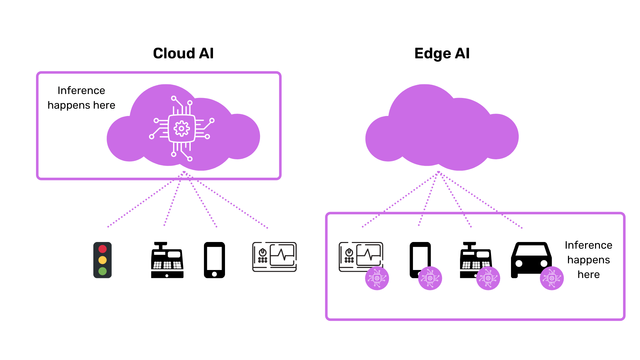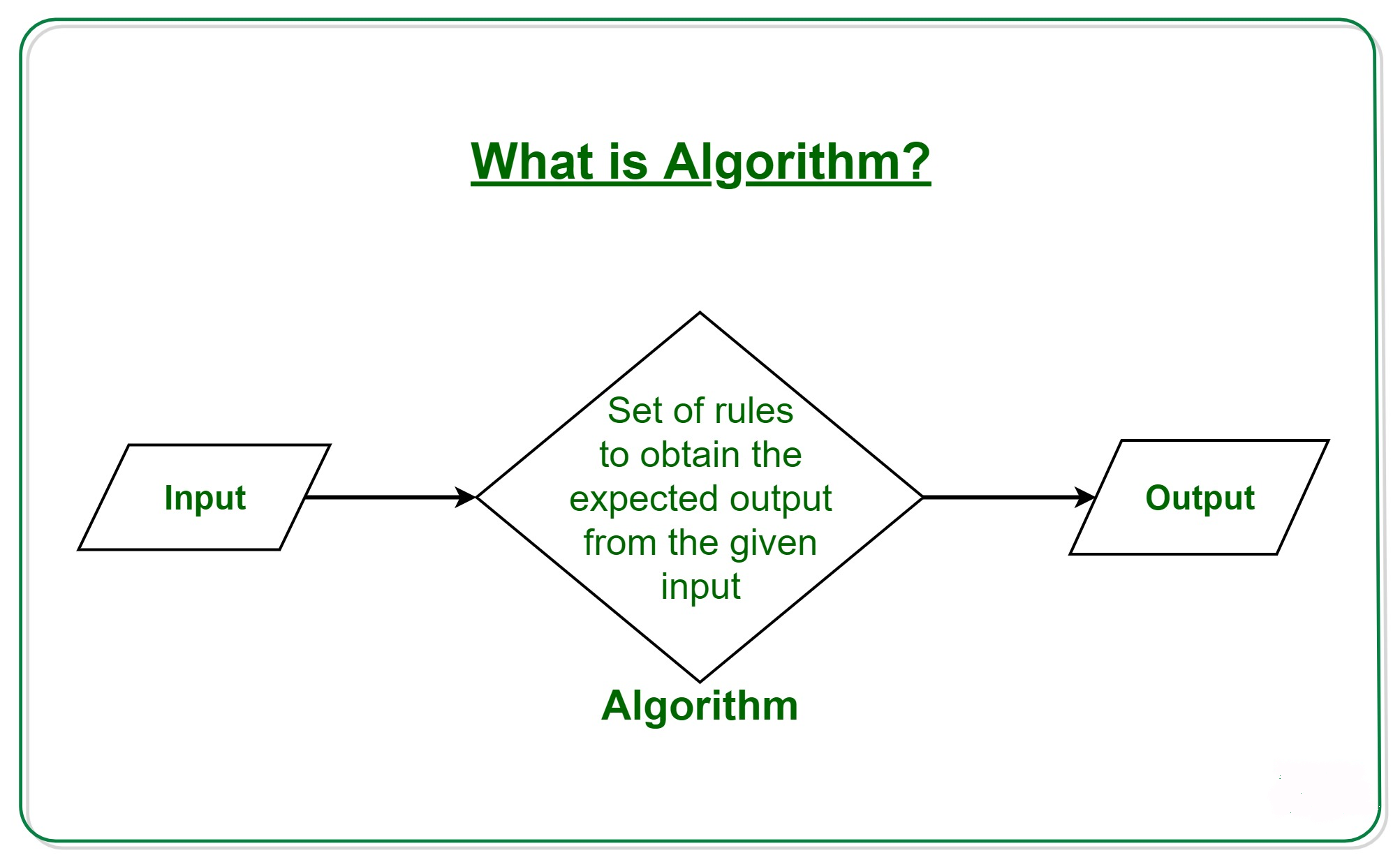
Sequence models can be used in many different ways. This section will cover Encoder/decoder, LSTMs, Data As Demonstrator (DAL) and Deep Learning. Each of these methods have their strengths and weaknesses. We have listed the similarities and differences between each of these methods to help you choose which one is best for your data. This article also covers some of the most effective and well-known algorithms for sequence models.
Encoder-decoder
The encoder/decoder sequence model is a popular type. It takes an input sequence of variable length and transforms the sequence into a state. It then decodes the sequence token-by-token to create the output sequence. This architecture is used to create various sequence transduction methods. An encoder-interface specifies the sequences it accepts, and any model inheriting the Encoder class implements them.
The input sequence is the sum of all the words in the question. Each word in an input sequence is represented using an element called x_i. This element's order corresponds exactly to the word sequencing. The decoder is made up of many recurrent units, which receive the hidden state and guess the output at time (t). Finally, the encoder/decoder sequence model outputs a sequence of words that are derived from the answer.

Double the DQN
The success of Deep Learning methods relies on replay memory, which breaks local minima and highly dependent experiences. Double DQN model sequences learn how to update their target weights every C frames and achieve state-ofthe-art results within the Atari 2600 domain. They are less efficient than DQN and do not use environment deterrence. Nevertheless, Double DQN sequence models have some advantages over DQN, as discussed below.
The base DQN starts winning games after 250k steps, and 450k steps is needed to achieve a high score of 21. In contrast, the N-Step agent has a large increase in loss but a small increase in reward. It is difficult to train a model when the N-step is large, as the reward decreases rapidly as the agent learns to shoot off in one direction. Double DQN is stabler than its base counterpart.
LSTM
LSTM sequence model can learn to recognize tree structures by analysing a corpus that contains 250M training tokens. A model that is trained with large datasets will only be able to recognize tree structures it has seen before. This would make it difficult for the model to learn new structures. Fortunately, experiments have shown that LSTMs are capable of learning to recognize tree structures when trained with a sufficient number of training tokens.
These models can accurately reproduce the syntactic structure from large chunks of text when they are trained on large datasets. Models trained on small datasets will have poor representations of syntactic structura, but still deliver good performance. LSTMs are great candidates for generalized encoding tasks. The best part? They're faster than their tree-based counterparts.

Data as Demonstrator
Based on the seq2seq design, we have created a data set for training a sequence model to series. Britz et al.'s sample code is also used. 2017. Our data is json data and our output sequence is a VegaLite visualization specification. We welcome any feedback regarding this project. You can access the initial draft of our paper on the project blog.
A movie sequence is another example of a seq2seq dataset. CNN can be used by us to extract features from movie frames. These features are then passed to a sequence modeling model. The model can also be trained on an image caption task by using a one-to-sequence dataset. Both types of data can be combined using the sequence models and analysed together. This paper discusses the main characteristics of each type of dataset.
FAQ
AI: What is it used for?
Artificial intelligence (computer science) is the study of artificial behavior. It can be used in practical applications such a robotics, natural languages processing, game-playing, and other areas of computer science.
AI can also be referred to by the term machine learning. This is the study of how machines learn and operate without being explicitly programmed.
Two main reasons AI is used are:
-
To make your life easier.
-
To accomplish things more effectively than we could ever do them ourselves.
Self-driving automobiles are an excellent example. AI can do the driving for you. We no longer need to hire someone to drive us around.
How does AI work
An algorithm is a sequence of instructions that instructs a computer to solve a problem. An algorithm is a set of steps. Each step has a condition that determines when it should execute. The computer executes each instruction in sequence until all conditions are satisfied. This is repeated until the final result can be achieved.
Let's take, for example, the square root of 5. You could write down every single number between 1 and 10, calculate the square root for each one, and then take the average. However, this isn't practical. You can write the following formula instead:
sqrt(x) x^0.5
This says to square the input, divide it by 2, then multiply by 0.5.
The same principle is followed by a computer. It takes your input, multiplies it with 0.5, divides it again, subtracts 1 then outputs the result.
What is the state of the AI industry?
The AI industry is expanding at an incredible rate. It's estimated that by 2020 there will be over 50 billion devices connected to the internet. This will mean that we will all have access to AI technology on our phones, tablets, and laptops.
This shift will require businesses to be adaptable in order to remain competitive. If they don't, they risk losing customers to companies that do.
Now, the question is: What business model would your use to profit from these opportunities? What if people uploaded their data to a platform and were able to connect with other users? Or perhaps you would offer services such as image recognition or voice recognition?
No matter what your decision, it is important to consider how you might position yourself in relation to your competitors. Even though you might not win every time, you can still win big if all you do is play your cards well and keep innovating.
What are the benefits from AI?
Artificial Intelligence, a rapidly developing technology, could transform the way we live our lives. It's already revolutionizing industries from finance to healthcare. It's predicted that it will have profound effects on everything, from education to government services, by 2025.
AI is already being used in solving problems in areas like medicine, transportation and energy as well as security and manufacturing. The possibilities are endless as more applications are developed.
What is it that makes it so unique? It learns. Computers can learn, and they don't need any training. Instead of teaching them, they simply observe patterns in the world and then apply those learned skills when needed.
AI is distinguished from other types of software by its ability to quickly learn. Computers can quickly read millions of pages each second. Computers can instantly translate languages and recognize faces.
It doesn't even require humans to complete tasks, which makes AI much more efficient than humans. It can even outperform humans in certain situations.
2017 was the year of Eugene Goostman, a chatbot created by researchers. The bot fooled dozens of people into thinking it was a real person named Vladimir Putin.
This shows that AI can be extremely convincing. Another advantage of AI is its adaptability. It can be easily trained to perform new tasks efficiently and effectively.
This means that companies do not have to spend a lot of money on IT infrastructure or employ large numbers of people.
Why is AI important?
It is expected that there will be billions of connected devices within the next 30 years. These devices will include everything from fridges and cars. Internet of Things (IoT), which is the result of the interaction of billions of devices and internet, is what it all looks like. IoT devices will be able to communicate and share information with each other. They will be able make their own decisions. A fridge might decide to order more milk based upon past consumption patterns.
It is estimated that 50 billion IoT devices will exist by 2025. This is a huge opportunity to businesses. It also raises concerns about privacy and security.
How does AI work?
Basic computing principles are necessary to understand how AI works.
Computers save information in memory. Computers interpret coded programs to process information. The computer's next step is determined by the code.
An algorithm is a set or instructions that tells the computer how to accomplish a task. These algorithms are often written using code.
An algorithm is a recipe. A recipe can include ingredients and steps. Each step is a different instruction. A step might be "add water to a pot" or "heat the pan until boiling."
Statistics
- In the first half of 2017, the company discovered and banned 300,000 terrorist-linked accounts, 95 percent of which were found by non-human, artificially intelligent machines. (builtin.com)
- A 2021 Pew Research survey revealed that 37 percent of respondents who are more concerned than excited about AI had concerns including job loss, privacy, and AI's potential to “surpass human skills.” (builtin.com)
- That's as many of us that have been in that AI space would say, it's about 70 or 80 percent of the work. (finra.org)
- Additionally, keeping in mind the current crisis, the AI is designed in a manner where it reduces the carbon footprint by 20-40%. (analyticsinsight.net)
- In 2019, AI adoption among large companies increased by 47% compared to 2018, according to the latest Artificial IntelligenceIndex report. (marsner.com)
External Links
How To
How to build an AI program
You will need to be able to program to build an AI program. There are many programming languages out there, but Python is the most popular. You can also find free online resources such as YouTube videos or courses.
Here's an overview of how to set up the basic project 'Hello World'.
You'll first need to open a brand new file. On Windows, you can press Ctrl+N and on Macs Command+N to open a new file.
Enter hello world into the box. To save the file, press Enter.
To run the program, press F5
The program should show Hello World!
This is only the beginning. These tutorials will show you how to create more complex programs.